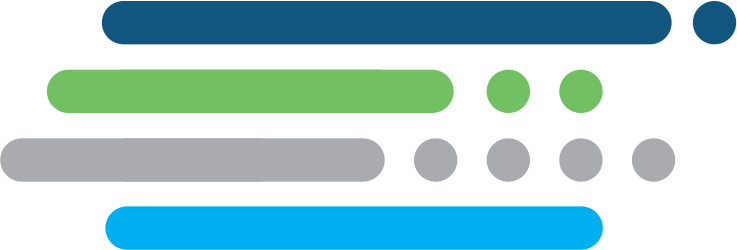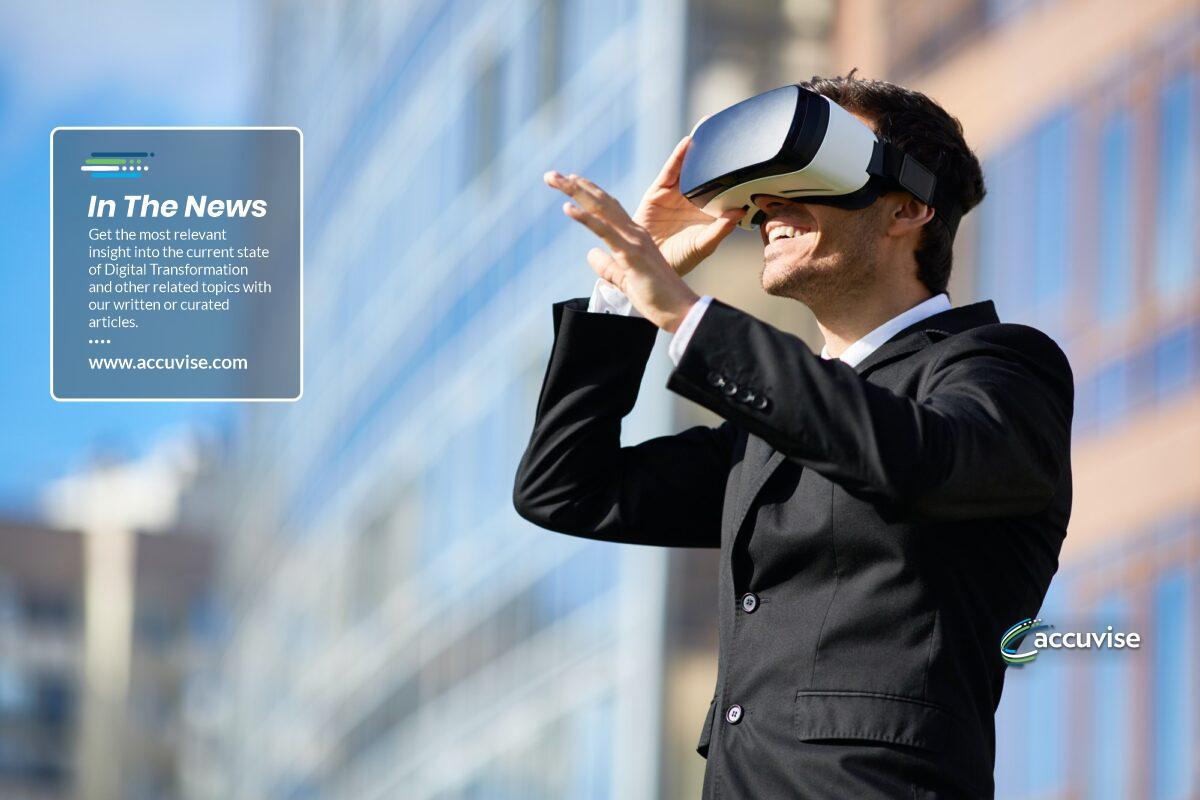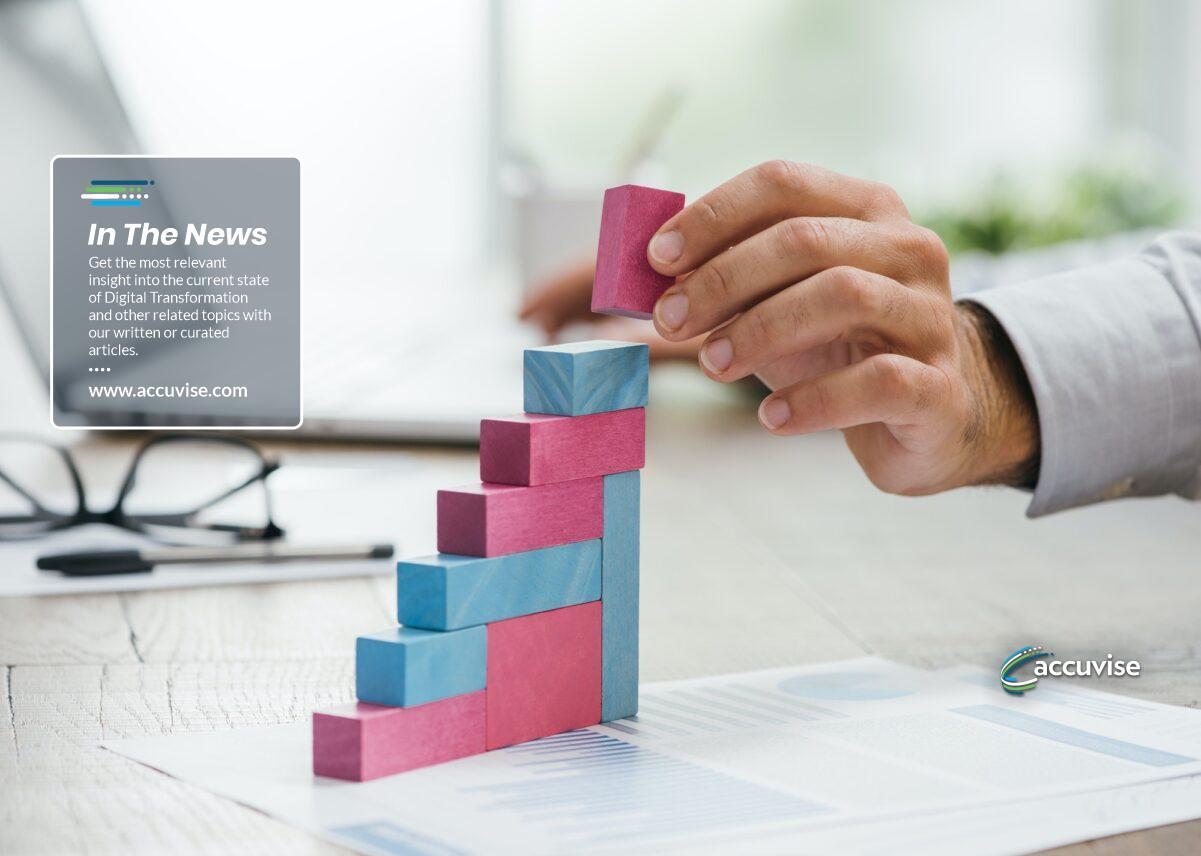From personal and professional emails crowding your inboxes to push notifications reminding you of every news development to the nonstop viral allure of Twitter and Instagram.
If you are suffering from tech fatigue, or simply trying to become more productive online, here are steps you can take to organize your digital landscape.
Create separation.
Cal Newport, a computer science professor at Georgetown University who writes about the intersection of technology and culture, said many people succumb to what he calls the list/reactive method: They instantly react to communication — texts, emails, Slack messages — while occasionally trying to make progress on their work. One moment they’re responding to an email from their child’s teacher, the next they’re jumping on a conference call — blurring the line between the professional and personal.
“It blends together the lives completely,” Dr. Newport said. “You’re never not working. You always feel behind.”
To avoid that cycle, set a fixed digital schedule that clearly dictates when you are working, when you are attending to your family and when you are unwinding. Deal with communications concerning the different parts of your life only during those times. Put aside blocks of time to check personal text messages. And only go over the day’s headlines in the morning so you don’t casually check the news during work hours.
“In our current moment, to not look at any news seems like it would be a betrayal of your civic responsibility,” Dr. Newport said. “But on the other hand, to look at news all the time is a betrayal of your sanity.”
Set expectations.
Talk to your colleagues — or, if you’re a teacher, your students — about when you are available to answer them.
“Set expectations for everyone involved,” said Lynette O’Keefe, the director of research and innovation at the Online Learning Consortium, a nonprofit that offers digital teaching guidance to educators. That can help reduce the volume of messages you receive and make clear to people that your schedule may not align with theirs. Educators, for instance, should let their students know whether they respond to emails after hours or not.
“We’re expected to be available a lot more, which is perhaps ironic,” said Ioana Literat, a communication professor at Teachers College, Columbia University. “We have so many more responsibilities and our lives are so chaotic now.”
With that in mind, share how you prefer to be reached. If you are telecommuting with young children at home and worry that they may Zoom bomb your meetings, explain to your boss that you prefer audio calls. Educators teaching online should find out how their students prefer to communicate and try to meet them halfway, Dr. O’Keefe said. The chat app Remind, for example, lets teachers receive messages by text, email or push notifications.
You may feel obligated to instantly answer every email, Twitter message and Slack message that comes your way. But Diane Bailey, a communication professor at Cornell University, says it’s important to remember that “what’s an interruption for us is typically help for somebody else.” Some requests are urgent; others are not. Before stopping what you’re doing to lend a hand, think about when you can make time to help others and when you need to focus on helping yourself. If, for instance, you need an hour to meet a deadline, close your email inbox, and don’t check it until your job is done.
Assume control of your inbox.
One of the simplest ways to clear out your inbox is to unsubscribe from mailing lists. Both Gmail and Apple’s Mail app notify users if an email is from a mailing list with the option to unsubscribe with a single click. Use it.
You can also sort — and limit — emails by filtering them by the sender, recipient or subject line. Say you receive a weekly progress report that is good to have in your back pocket but doesn’t need to be read as soon as it arrives. You can create a filter that will automatically mark it as read, send it to your archives or give it a certain label. For your personal inbox, consider creating labels for bills or appointment reminders, so they don’t get lost in the mix.
Then, consider whether you would be more productive if you consolidated your personal and professional emails in one inbox. If you worry about missing important notes from either and constantly toggle between the two, import them under a single address. You can do this on Gmail using the mail fetcher option, or on Outlook by creating aliases that send and receive emails from different accounts. Both systems also have features that can automatically forward all your emails from one account to another.
If you collaborate with a large team and feel that long email threads often get in the way of the task at hand, brainstorm an efficient work flow. Maybe that means dropping ideas into a shared Google doc or holding weekly meetings to go over specific goals. Having a structured process “substantially reduces the number of simultaneous, asynchronous back and forth conversations happening,” Dr. Newport said.
To avoid wasting time emailing back and forth to schedule meetings, use a shared calendar — like YouCanBookMe, Calendly or x.ai — where colleagues can see your availability and book slots accordingly. If you frequently set up meetings with people outside your organization, those tools can be integrated with Google and Outlook calendars, so you don’t have to switch between different platforms.
Another timesaver: Rather than type up the same response to common questions or requests, save a template so you can quickly fire it off when needed. That, Dr. O’Keefe said, tells recipients, “I see you, I hear you, I’m interested in responding to you — but here’s when it will happen.”
Finally, you will never become an inbox zero person if you treat your email like a to-do list. It’s common to leave messages unread and use them as reminders to get to certain tasks. The thinking goes: “If I need to do it, it’s in my inbox. And if I want to take something off my plate, I’ll just send an email about it to someone else,” Dr. Newport said. “That is a task management system. It’s just a terrible one.”
Instead, he suggests creating a separate “space of obligations.” Use online tools like Trello, Flow-e or Asana to create task boards that organize your responsibilities according to urgency and progress. If those aren’t for you, Gmail has a task feature embedded in the calendar app that lets you create digital to-do lists, while Outlook has a similar feature called To Do. (Its classic task tool is being phased out.) Or, simply use a pen and paper to outline your day’s priorities.
“The key thing here is low friction,” Dr. Newport said. “Get things written down out of your head.”
Remember, you’re in charge.
There are small lifestyle changes you can make to tune out when needed. Dr. O’Keefe recommends taking time to examine each of your digital tools and ask, “How does this fit in my life?”
If you don’t absolutely have to be on call 24/7, snooze professional email and chat notifications once you sign off for the day. If you have a smart watch that syncs to your inbox and phone, take it off after you’re done working.
Smartphones are so versatile — we use them to work, connect and even buy cars — but remember that you’re in control of how you use them. Dr. Literat decided to stop reading and watching shows on her phone, so she bought a Kindle and started turning on the television more.
If you’re guilty of endlessly scrolling on Instagram, Twitter or TikTok, make it a habit of unfollowing accounts that don’t add much value to your life. Apply the same thinking to your apps — if you don’t use them at least once a month, get rid of them. With the iPhone’s screen time feature, you can see how much time you spend on your phone every week and create a schedule to limit your app and call usage.
The bottom line is that you have agency over how often you check your emails and feeds. It’s probably best not to ignore messages from your boss or students. But with social media, Dr. Bailey said it boils down to, “Who will get mad if we’re not looking when they want us to be looking?”
Team Development is a Journey, not a Destination
Accuvise is your Guide
Be sure to BOOK your Free Consultation to learn more about how Accuvise can help….
Source: New York Times






